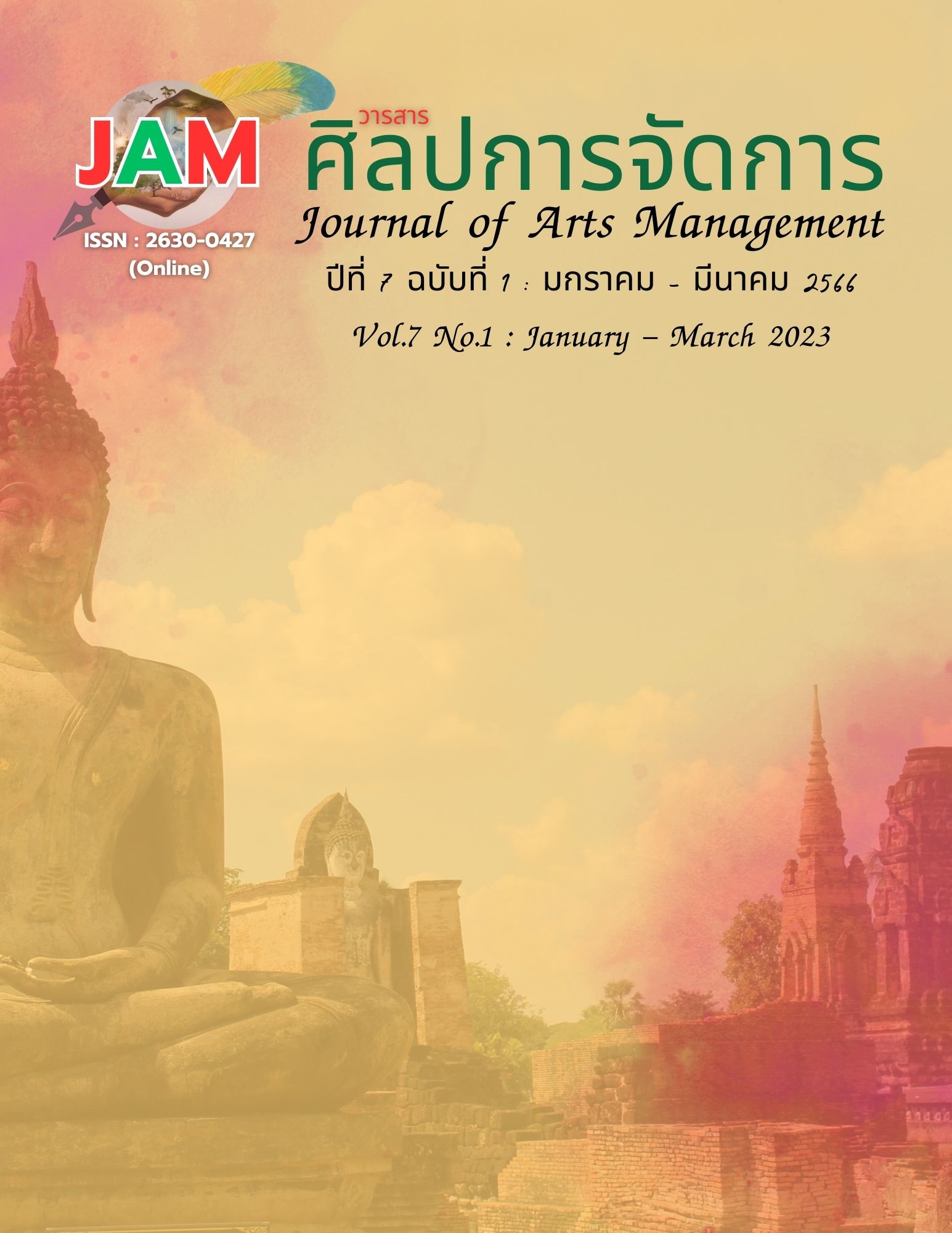Crisis Communication During the Corona Virus 2019 Pandemic via the Ministry of Public Health’s “Thai Roo Soo COVID” Facebook Page
Main Article Content
Abstract
This study investigated the Ministry of Public Health’s crisis communication during the COVID-19 pandemic via the “Thai Roo Soo COVID” Facebook page in terms of policies, management, strategies, and approaches for improvement. Data were collected by interviewing 23 people from 4 groups: (1) policymakers, (2) epidemiologists, (3) communications workers, and (4) crisis communication experts. The results showed that: 1) the policy was driven by administrators and emphasized having a risk communication and public relations working team that used mixed media to aggressively communicate beneficial messages to the public with consistent and uniform content. 2) The management structure was based on clearly specified roles and responsibilities for people in each position and allocating sufficient budget, materials, and equipment, as well as coordinating with allied network partners in every sector to join forces in the fight against COVID. 3) The main strategies were to use two-way communication via multiple platforms to respond to the crisis, reach target groups, transmit messages in a way that matches public demand, and inform the public, create understanding, and give people information they could put into practice. 4) The approach for improvement was to use what was learned from the COVID-19 crisis communication experience to prepare for other emergencies or disease outbreaks in the future.
Article Details

This work is licensed under a Creative Commons Attribution-NonCommercial-NoDerivatives 4.0 International License.
Views and opinions appearing in articles in the Journal of Arts of Management It is the responsibility of the author of the article. and does not constitute the view and responsibility of the editorial team I agree that the article is copyright of the Arts and Management Journal.
References
Boonchutima, S., & Noonak, C. (2017). Crisis communication. 21st Century.
Chaichansukkit, P. (2016, December). 10 Formulas for Success Digital Network Communication Strategies. PRThailand. http://www.prthailand.com/images/articles/160505-expertcommu-brand.pdf
Chanthana, S., & Wijitjammaree, N. (2022) New Media Communication Strategies of the Public Health Ministry and Public Trust During the COVID-19 Pandemic. Journal of MCU Nakhondhat, 9(5), 570-584.
Chokwiwat, W. (2020). Looking back and in front of the corona virus-2019. Office of the National Health Commission.
Coombs, W.T. (2012). Ongoing crisis communication: Planning, managing, and responding (3rd ed.). Sage.
Department of Disease Control. (2021). Handbook of disease and health risk communication in a crisis. TS Interprint.
Fearn-Banks, K. (2011). Crisis communications: A casebook approach (4th ed.) Routledge.
Laphirattanakul, W. (2009). Public relations strategies in crisis and crisis management (2nd ed.). Chulalongkorn University.
Nilthanom, P. (2020). The organizational communication during the outbreak of COVID-19 pandemic: case study of True Corporation Public Company Limited[Master’s Thesis, Thammasat University].
Nukulsomprathana, P. (2020, March 1). Crisis communication. Popticles. https://www.popticles.com /business/crisis-communication/
Nyblom, S.E. (2003). Understanding crisis management. Professional Safety, 47(3), 18-25.
Strategy and Planning Division. (2023). COVID-19, A proof of the strength of Thai public health. Ministry of Public Health.
The Public Relations Department. (2002). Public relations handbook in crisis. The Public Relations
Department.
Thokaew, W. (2020). Crisis communication guidelines for local administrative organizations. Sukhothai Thammathirat Open University.
Wigley, S., & Zhang, W. (2011). A study of PR practitioners use of social media in crisis planning. The Pubilc Relations Journal, 5(3), 1-15.


